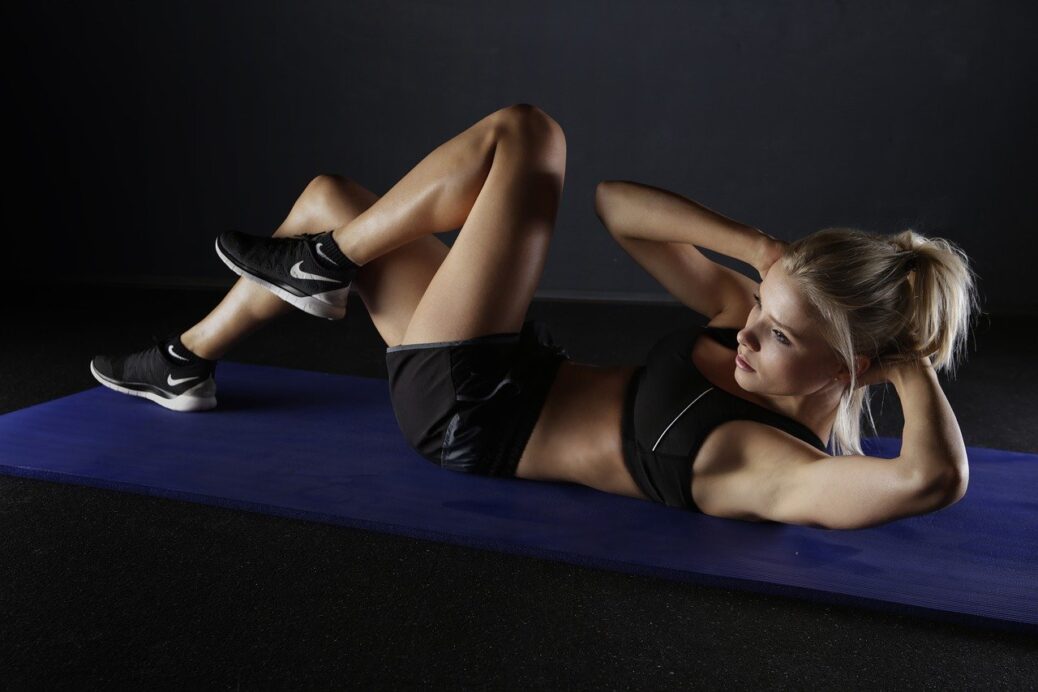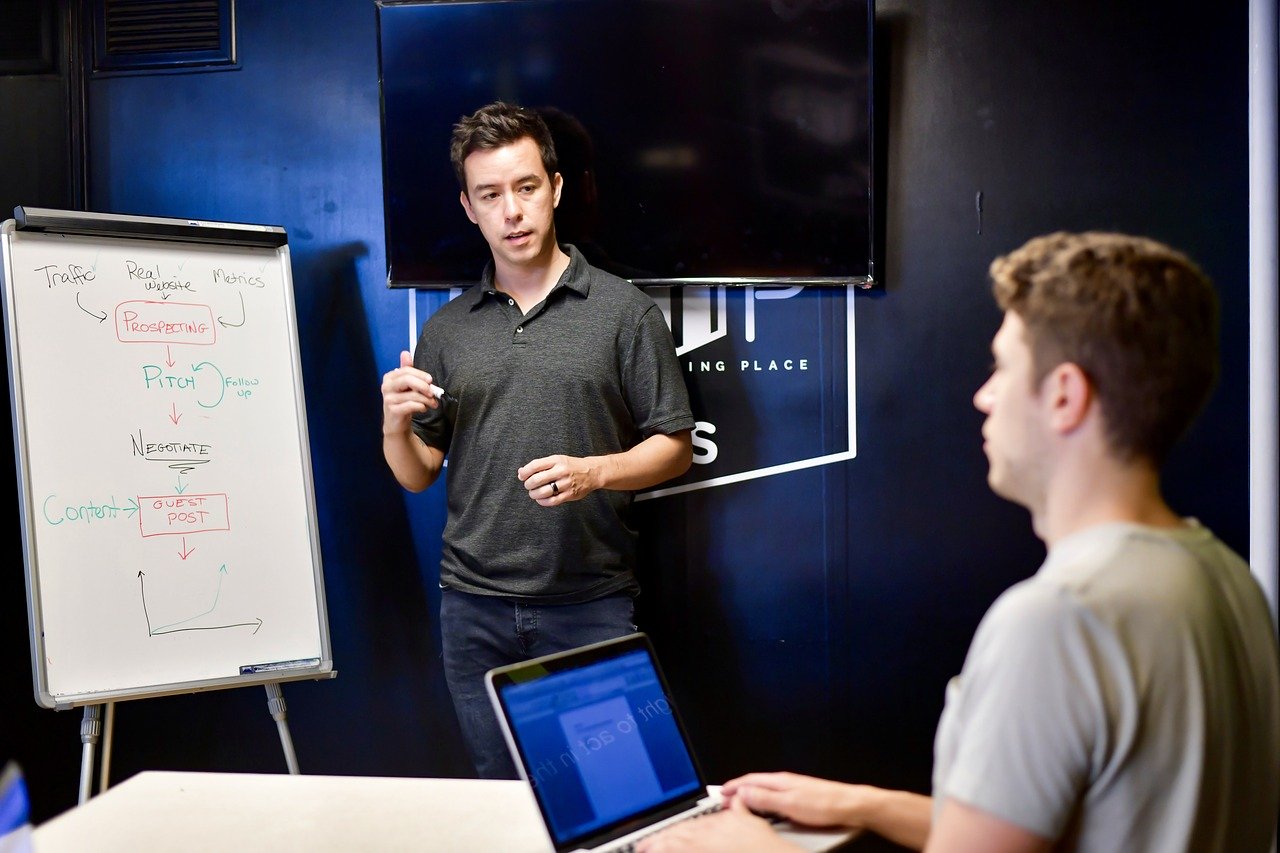Passion, vision, trust — and being prepared for anything — are the key drivers fueling women entrepreneurs.
Every day is International Women’s Day in my mind. While it’s wonderful to have a holiday highlighting our contributions, for me it’s also a reminder of the women who’ve helped get me to this point — but whose impact I haven’t always had the real estate to write about.
My mother and my grandmother — who just turned 100 — have been my biggest inspirations. After her release from incarceration at Manzanar, one of several American internment camps in California during WWII, my grandmother opened a restaurant with my grandfather. Her lessons around perseverance are invaluable to me, and she has also provided me with incredible advice for running a successful business with a spouse.
I was fortunate enough to go to Parsons in NY, where I studied product design. My husband has a background in injury prevention and physical therapy. He had already suffered a life-threatening injury when we met at a boutique gym in LA. I was into fitness and design, and he had seen firsthand how resistance bands could replace weights. We started looking at what clients were interested in doing — and importantly, what they were afraid of doing. It all came back to this fear of reinjury. Most people were either suffering from an injury or had suffered from one in the past. Together, we began prototyping a method that combined cardio and strength objectives. We coupled rowing and resistance bands, and we designed this method for building people up without breaking their bodies down in the process.

After opening our first LIT studio in 2016, we started noticing a more nuanced set of needs from people coming in. There were features on a standard rower we knew couldn’t meet the standards we had for our method. We wanted an extended footplate to prevent lower back pain. We wanted adjustable water resistance. We wanted it to function as a Pilates reformer and to replace a cable machine typically used for strength training. So in 2018, we designed the LIT Strength Machine and started testing it out in our group fitness studio.
In 2020, we launched the machine. In 2021, Jay-Z and Marcy Venture Partners and five-time MLB All-Star Adrian Gonzalez invested in us. And today, we have machines in every state in America and now in Canada. We’ve also recently announced our expansion into franchising.
This latest addition to LIT is perhaps the most meaningful for me. In the United States, women own only 31% of small businesses and franchises. With disparities across the board in business, I am proud to present an opportunity that can change that statistic. And because our franchises are digital and physical in nature, there is no revenue cap like there is within the traditional brick-and-mortar models. It’s incredibly important to me to help empower women financially — and to be able to do that by partnering with them on a brand that builds people from the inside out is all the more fulfilling.
Starting LIT Method and growing it into a franchise business model hasn’t been easy, and I have learned quite a few lessons along the way.
SPOILER: I’m still learning!
That said, below are my top five tips for aspiring female entrepreneurs:
Find what drives you
Figure out what motivates you. You have to know why you’re working those long hours, what you’re trying to build, and who you’re trying to help. Find your “why,” because you’re going to doubt yourself and you have to have that North Star in order to find the path forward.
Establish a vision
Leadership is all about maintaining motivation and discipline, and particularly that motivation as it pertains to fulfilling the long-term vision of the company. For us, our vision isn’t just to become the best in the fitness category. It’s to create a first of its kind, integrated approach to wellness and tech — to create a whole new category that doesn’t even exist yet. This idea of Low Impact Training (LIT) has a much larger legacy at the heart of it. This idea of “building you, not breaking you” is relevant in so many aspects of a person’s life and what they do for longevity and creating a better overall quality of life for themselves.
I’m lucky. I have a built-in accountability partner. Justin and I sit side-by-side and we set goals for the company and for ourselves. For us, writing them down and visualizing them has made all the difference. Our office has framed articles and pieces written about landmark moments at LIT, but it also has outstanding goals, the things we’ve yet to do. It’s great to celebrate your achievements, but for us it’s really important that those achievements literally hang wall to wall with our aspirations. It’s nothing fancy. It’s a whiteboard and a vision/mood board (I’m definitely the more design-driven of the two of us and I like us to have the visuals, too. I need the “show” and the “tell” up there for daily reminders.) My advice is to do that —and to set short-term goals and then make sure you have a place for long-term ideation and planning. It’s not one or the other. The baby steps will get you to those bigger achievements.
Expect challenges. And more than that, expect untimely challenges.
Life is messy. Do not expect your plan and the way your business grows to be linear. Nothing ever happens the way you first thought it might. And that’s not necessarily a bad thing! While some challenges may present setbacks, sometimes the unplanned, unexpected surprises can spark new energy and new ideas. Once you release expectations, your ability to stay calm and persevere through a challenging moment becomes easier. Then, acknowledge that part of being an entrepreneur is preparing for the worst. What I mean by that is try — to the extent that you can without igniting anxiety that detracts or stifles your workflow — to plan a few steps ahead. When you run a business proactively instead of reactively, you’re always going to navigate at a better pace and with more effectiveness.
Create a collaborative landscape that fosters empowerment, accountability and teamwork
We’re all good at something — but we all have room for improvement. That’s part of being human. I think for women in the workplace acknowledging weaknesses or identifying areas for self-improvement is always a bit intimidating. We feel like we have to have it together at all times because a misstep or a response to a misstep can be seen one way when it comes to a man and with a woman, there are often deeper cultural, emotional stigmas attached to it. So projecting an image of unwavering strength has become our default setting. But what I’ve learned is that it’s not just OK for you to give yourself permission in this department, for you to make space for exploring vulnerability — it’s absolutely critical to how formidable and malleable you and your team will be.
So just jump right in, rip that Band-Aid off, and be honest about all of it. And build a team around you that supports those areas. Everyone at LIT knows that my husband, Justin, is the functionality expert and I specialize in form. We have figured out how these best complement our design and development processes, but also how they best inform our communication with team members.
In theory, Superwoman sounds like a good idea because the business world has an affinity for that female story arc. One woman overcomes the odds on her own and everyone seeks to replicate that underdog feminist story. It’s not sustainable. Yes, women are good multitaskers. But you know what we’re better at? Listening. Learning. Finding people who bolster a business in innovative ways. My husband and I have found that it was in our best interest to amplify other people’s strengths and look at the unique capabilities they could bring to the community we are trying to inspire.
And don’t forget that you are a team member, too. So make sure you do your part in engaging and igniting that collaborative fire among your team.
Above all, trust
Everything you do in work, work partnerships and in your personal relationships begins and ends with trust. Trust yourself, your intuition and your creativity. There will be many naysayers, but if you fully believe in what you are creating and offering the world, you will go far. Building trust within your support system will help motivate them and you — and will keep everyone determined to do what’s best for the brand and the people you are serving.










